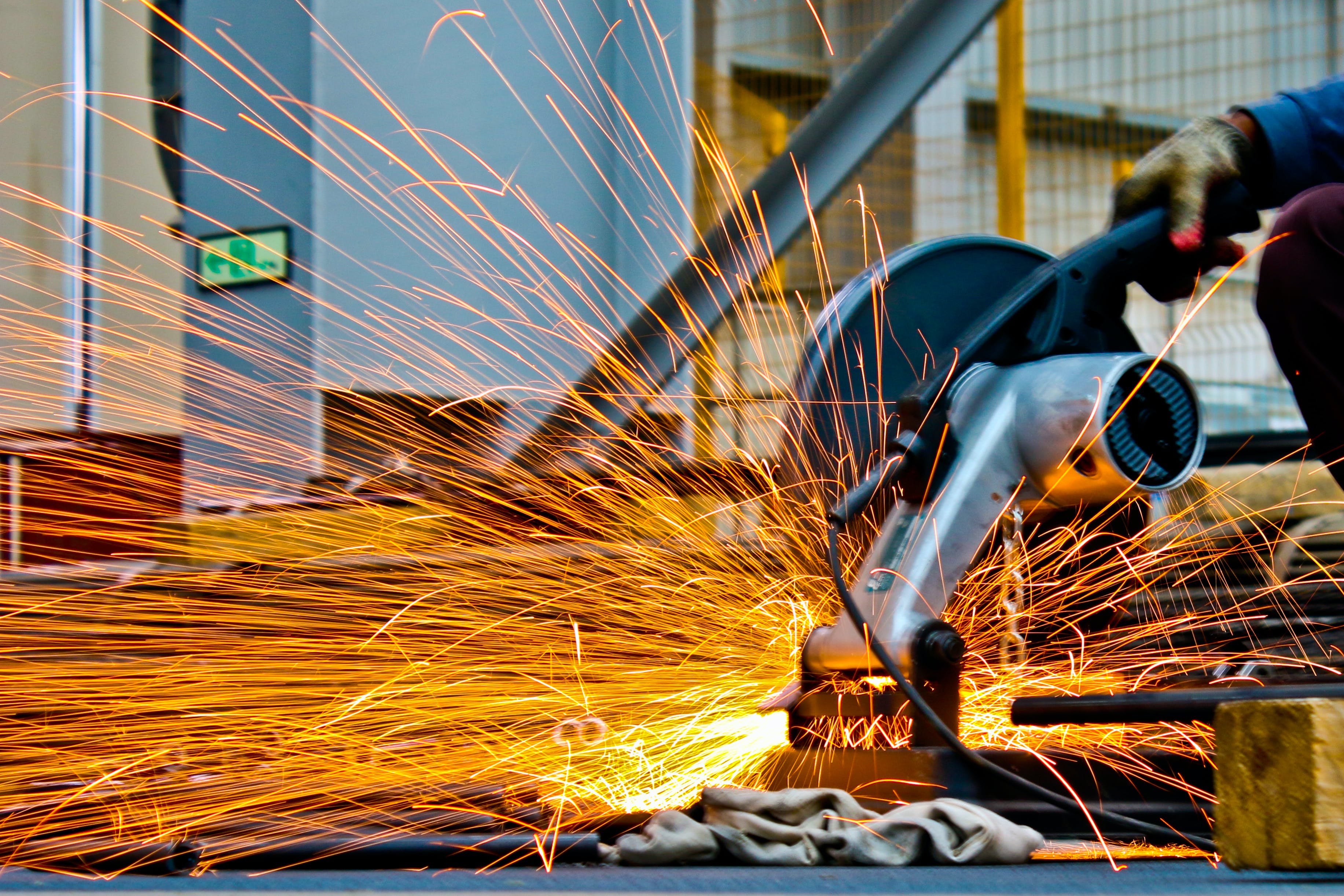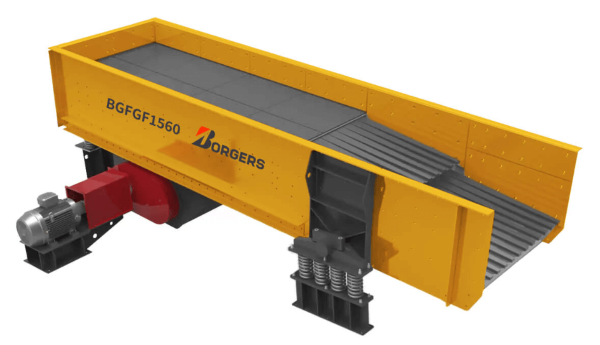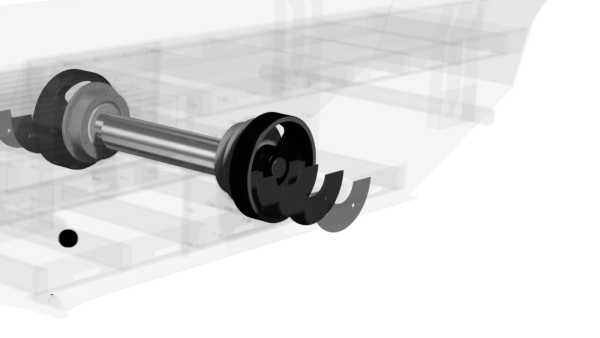VMR- plate Temperature Cycle Transient Break Test
Temperature cycle test is one of the most commonly used methods for reliability and life test of lead-free welding materials and SMD parts. It evaluates the adhesive parts and solder joints on the surface of SMD, and causes plastic deformation and mechanical fatigue of solder joints materials under the fatigue effect of cold and hot temperature cycle with controlled temperature variability, so as to understand the potential hazards and failure factors of solder joints and SMD. The Daisy chain diagram is connected between the parts and the solder joints. The test process detects the on-off and on-off between the lines, parts and solder joints through the high-speed instantaneous break measuring system, which meets the demand for the reliability test of electrical connections to evaluate whether the solder joints, tin balls and parts fail. This test is not really simulated. Its purpose is to apply severe stress and accelerate the aging factor on the object to be tested to confirm whether the product is designed or manufactured correctly, and then evaluate the thermal fatigue life of the component solder joints. The reliability test of the electrical high-speed instantaneous break connection has become a key link to ensure the normal operation of the electronic system and avoid the failure of the electrical connection caused by the failure of the immature system. The resistance changes over a short period of time were observed under accelerated temperature changes and vibration tests.
Purpose:
1. Ensure that products designed, manufactured and assembled meet predetermined requirements
2. Relaxation of solder joint creep stress and SMD fracture failure caused by thermal expansion difference
3. The maximum test temperature of the temperature cycle should be 25℃ lower than the Tg temperature of the PCB material, so as to avoid more than one damage mechanism of the substitute test product
4. Temperature variability at 20℃/min is a temperature cycle, and temperature variability above 20℃/min is a temperature shock
5. The welding joint dynamic measurement interval does not exceed 1min
6. The high temperature and low temperature residence time for failure determination needs to be measured in 5 strokes
Requirements:
1. The total temperature time of the test product is within the range of the rated maximum temperature and the minimum temperature, and the length of the residence time is very important for the accelerated test, because the residence time is not enough during the accelerated test, which will make the creep process incomplete
2. The resident temperature must be higher than Tmax temperature and lower than Tmin temperature
Refer to the list of specifications:
IPC-9701, IPC650-2.6.26, IPC-SM-785, IPCD-279, J-STD-001, J-STD-002, J-STD-003, JESD22-A104, JESD22-B111, JESD22-B113, JESD22-B117 , SJR-01







